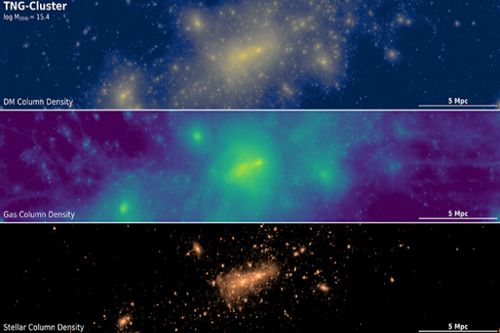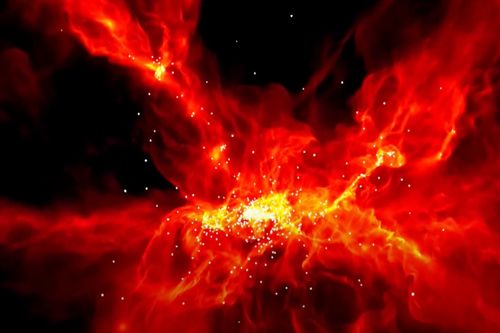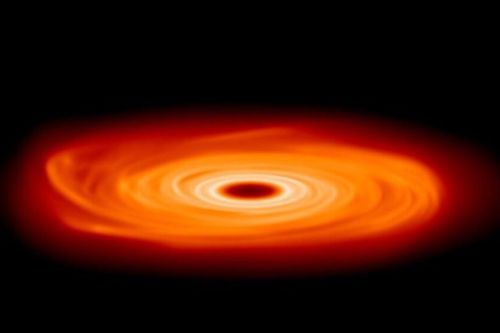Computing
We provide information and resources related to the computational aspects of astrophysics research.
This section serves as a gateway to various resources that can enhance your understanding and proficiency in computational astrophysics. We cover a range of topics, including numerical codes, high-performance computing (HPC), data analysis tools, visualization techniques, and parallel computing.

Cosmology
TNG simulations
Analisis of the IllustrisTNG simulations to study how galaxies assemble.

Star formation
Life-cycle of Molecular Clouds
Numerical study of the life-cycle of MCs in their galactic environment

Protoplanetary Disks 3
Planet formation
Study the formation of planets from the dust phase.
We provide information about the numerical codes commonly used in computational astrophysics research. These codes, such as AREPO, FLASH, Gadget, FARGO3D, and AMUSE, are powerful tools that enable researchers to simulate and explore complex astrophysical phenomena. We offer insights into the capabilities, applications, and features of these codes, allowing you to choose the most suitable one for your research needs.
The Computing section also delves into the realm of high-performance computing, which plays a crucial role in enabling large-scale simulations and data analysis. We provide information about computing clusters, supercomputers, and distributed computing frameworks that facilitate computationally intensive astrophysics research. Understanding the principles and considerations of high-performance computing can significantly enhance the efficiency and scalability of your computational workflows.
In addition, we explore data analysis tools and techniques commonly employed in computational astrophysics research. These tools enable researchers to extract meaningful insights from simulation outputs, observational data, and computational models. We discuss visualization techniques that allow for the intuitive and insightful representation of complex astrophysical phenomena, aiding in the interpretation and communication of research findings.
Furthermore, we touch upon parallel computing, a fundamental aspect of computational astrophysics that involves dividing computational tasks across multiple processors or nodes to achieve faster and more efficient simulations. We provide information on parallel programming frameworks, optimization strategies, and best practices that can help researchers harness the power of parallel computing and maximize the performance of their simulations.
Please note that the Computing section offers a general overview of computational aspects in astrophysics research. The specific tools, technologies, and approaches used may vary depending on the research project and available resources.
We are committed to regularly updating the Computing section with the latest advancements, tools, and techniques in computational astrophysics. If you have suggestions or would like to contribute to this section, please feel free to reach out to us.
Thank you for visiting the Computing section. We hope that the resources and information provided will deepen your understanding of the computational aspects of astrophysics research, empowering you to conduct sophisticated simulations, analyze complex datasets, and make groundbreaking discoveries in the field of computational astrophysics.